Orthodontics may be accomplished in…
children, as young as 7 years old
to
adults
See, below, examples of what we can do and how we do it
Common orthodontic issues:
Before and After Gallery
Crowding


Increased Overjet


Underbite


Deep Overbite
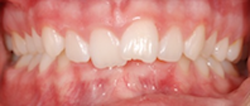

Anterior Openbite

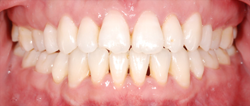
Single Tooth Crossbite
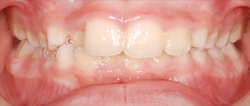

Buccal Crossbite


Excess Space


Lateral Openbite


Posterior Crossbite

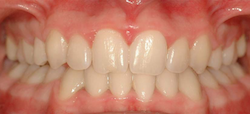
Impacted Teeth


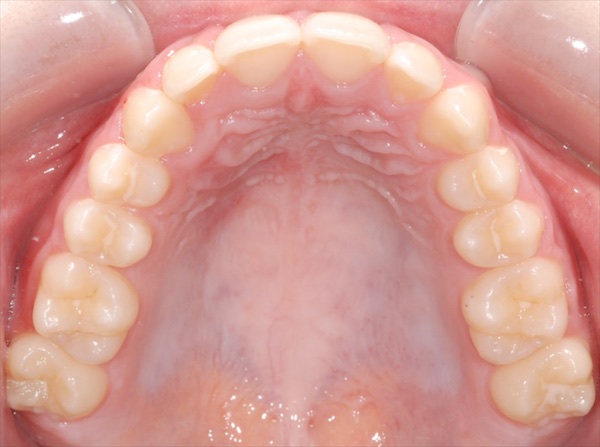

Tools and treatments we use…
To move teeth:
Metal Braces

Modern metal braces are far smaller than older braces. They bond directly to the teeth and are simple to apply in the office. They are the most efficient and effective way to move teeth.
Clear Braces

These are less visible than metal braces, while still offering the advantage of customized adjustment at each visit.
Clear Aligners (including Invisalign)

The technology behind this treatment method has steadily improved over the past several years, so this orthodontic treatment approach can accomplish most things that in the past could only be done with regular braces. They are far less visible than regular braces. In order to achieve good results they should be worn at least 22 hours per day, but they must be removed for eating, drinking and cleaning.
To improve skeletal balance:
Expanders
Expanders are used when our upper jaw is too narrow compared to our lower jaw. This can create what we call a crossbite and may lead to tooth and jaw problems if not corrected.
Functional Appliances
Functional appliances are used to either speed up or, in some instances, increase the amount of lower jaw growth. Depending on the patient, fixed or removable functional appliances may be best suited to address increasing lower jaw growth.
Headgear
Headgear can be used to either increase, or decrease, the amount of upper jaw growth. These are best used in growing patients and can reduce the likelihood that our patients require jaw surgery to fix their bite in the future.
Orthognathic Surgery (Corrective Jaw Surgery)
Sometimes, our upper and/or lower jaws have grown into positions that prevent our teeth from coming together properly. Orthodontics, in conjunction with orthognathic surgery, allows us to control the positioning of the jaws to address these issues. Some benefits from undergoing this treatment may include, an improvement in your bite, an improvement in your profile and an improvement in sleep apnea symptoms.
To facilitate your orthodontic treatment:
Elastics

Elastics help us move teeth. They are most commonly used to move upper teeth relative to lower teeth to make our bite mesh together better. So when our patients are in this phase of treatment and they're wondering how much longer they need to wear braces, the answer usually depends how well they're wearing them!
Temporary Anchorage Devices (TADs)

Temporary anchorage devices, sometimes call mini-screws or mini-implants, are used to help move teeth in a very controlled direction. They can be used to help improve gummy smiles, close spaces and make room for other teeth. They can be placed in the office with little to no discomfort!
Diode Laser
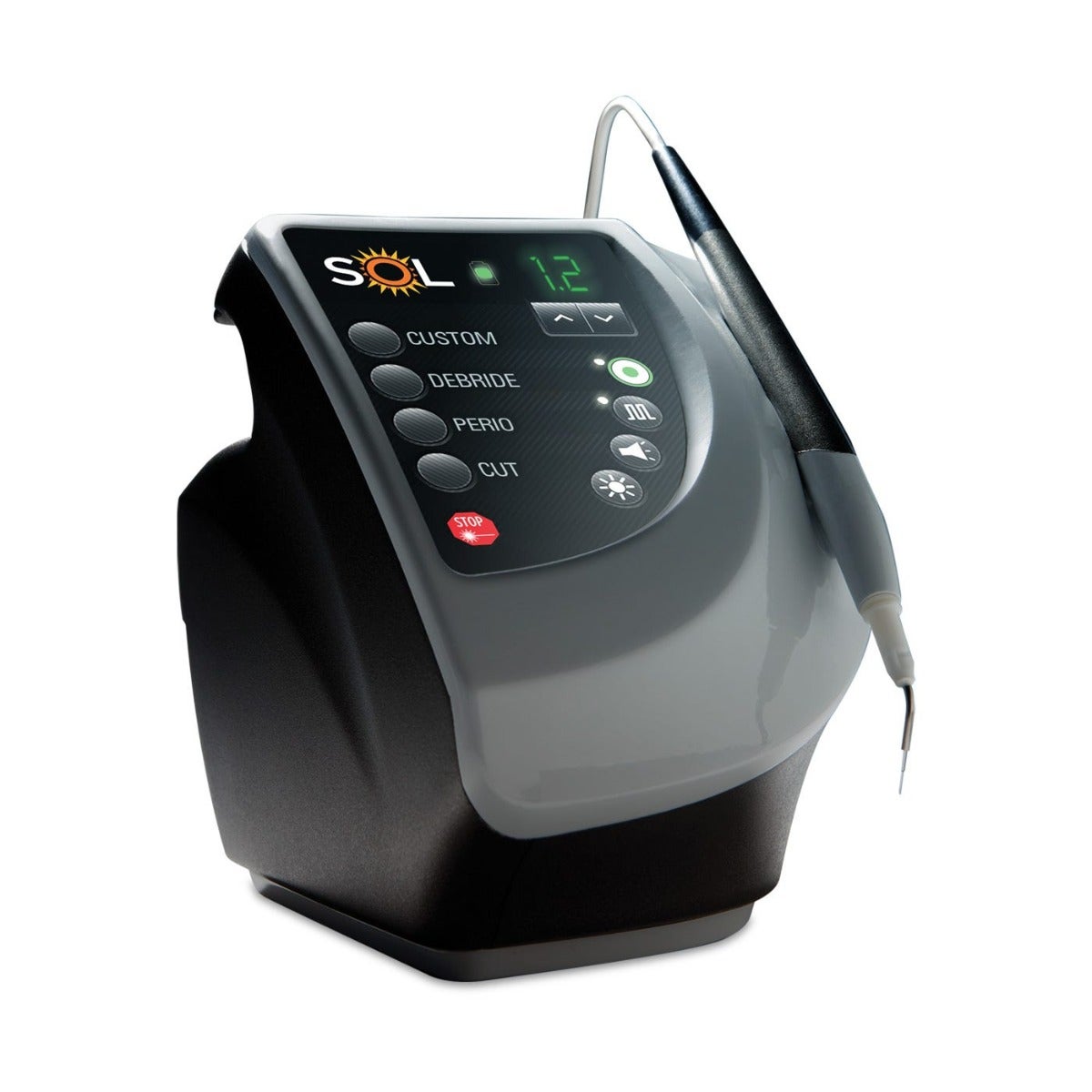
Diode lasers have many of uses in dentistry. In orthodontics, we most commonly use them to help increase the amount of tooth we can see and access.
